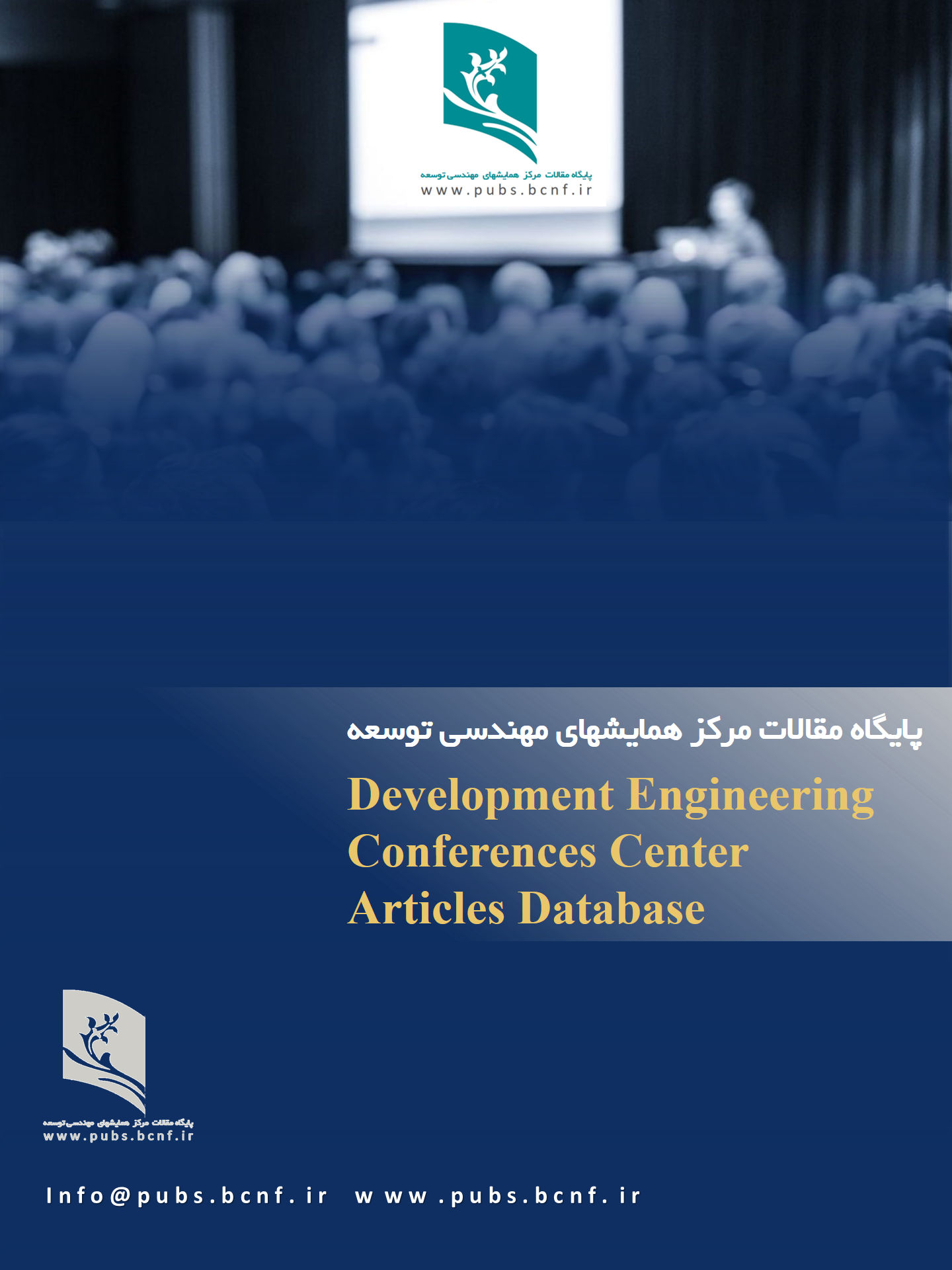A Lacanian Study of Swift’s Gulliver’s Travels
Keywords:
Gulliver’s Travels, Lacanian study, the mirror stage, desire, the symbolicAbstract
This study investigates the Lacanian study of Gulliver’s Travels. Swift employed devastating images, such as the infant, to undermine man’s pride. This study deals with the unconscious and the infantile in Gulliver’s Travels. The infantile/unconscious is critical (in satire and psychoanalysis) to decoding our shame, pride, desires, and language. Gulliver is a signifier of man and of the ego and the ego/self, the mirror and narcissism are examined. The mirror stage (6-18 months) provides the individual with an external view of the self. The self becomes the center of a signifying network of words and images. There is a fusion of language, identity, and desire (narcissism). The sliding of signifiers into one another reflects the primitive linguistics of the unconscious. Language is also the functioning, ordered system of consciousness.
Downloads
References
[1] Tyson, L. (2006). Critical Theory Today: A User-Friendly Guide. New York: Routledge.
[2] Evans, D. (1996). An introductory dictionary of Lacanian psychoanalysis. London; New York: Routledge.
[3] Eagleton, T. (2011). Literary Theory: An Introduction. John Wiley & Sons.
[4] Payne, M. (1993). Lacan by Malcome Bowie. Literature and Psychology, vol. 39, no. 3, pp.66–74.
[5] Melamed, C. (1995). Gulliver and the Other: A Psychoanalytical Examination.
[6] Swift, J. (1986). Gulliver’s Travels. NY: Oxford: Oxford UP.
[7] Homer, S. (2006). Jacques Lacan. Routledge.
[8] Freud, S. (1974). The Standard Edition of the Complete Psychological Works of Sigmund Freud.
[9] Karpman, B. (1949). A Modern Gulliver: A Study in Coprophilia. Psychounalytic Review, pp.163–85, 260–82.
[10] Freedman, W. (1984). The Whole Scenc of this Voyage: A Primal Scene Reading of Gulliver’s Voyage to Brobdingnag. Psychounalytic Review, vol. 71, no.1, pp.553–69.



